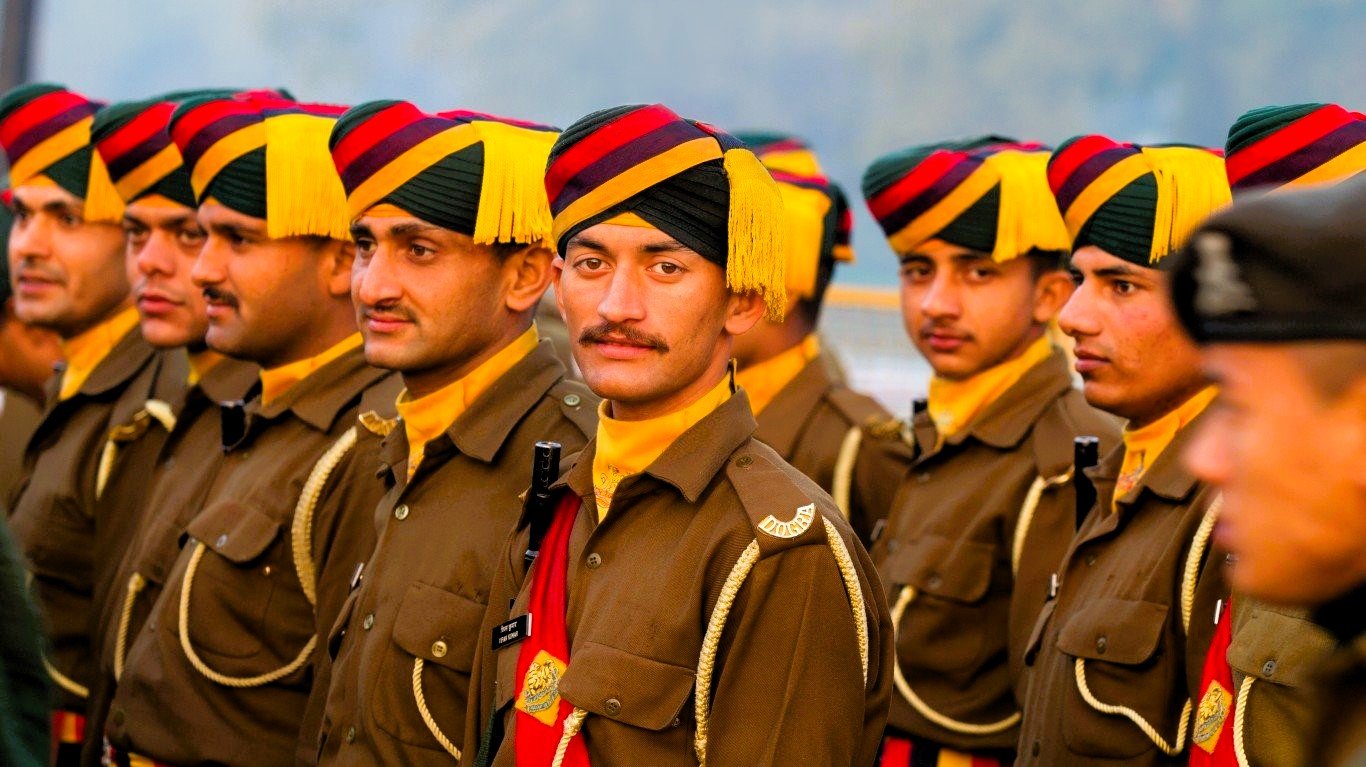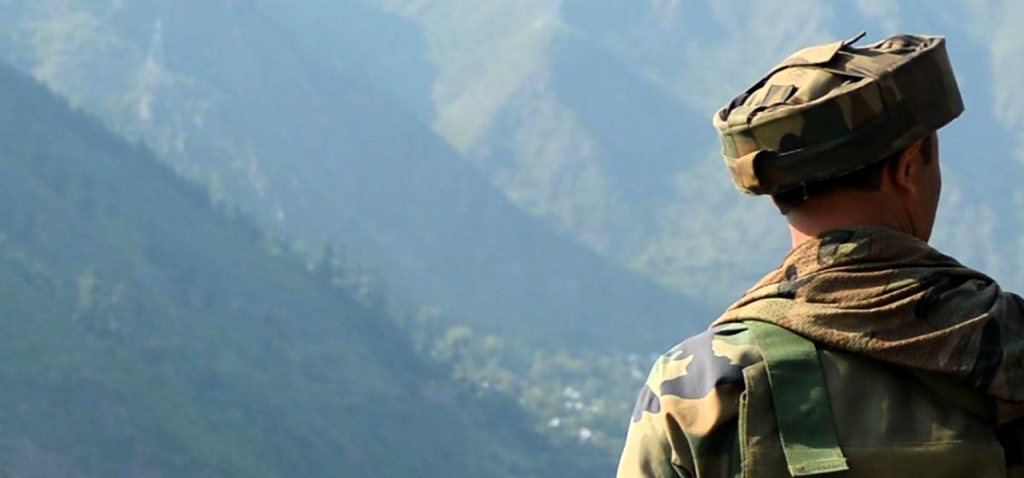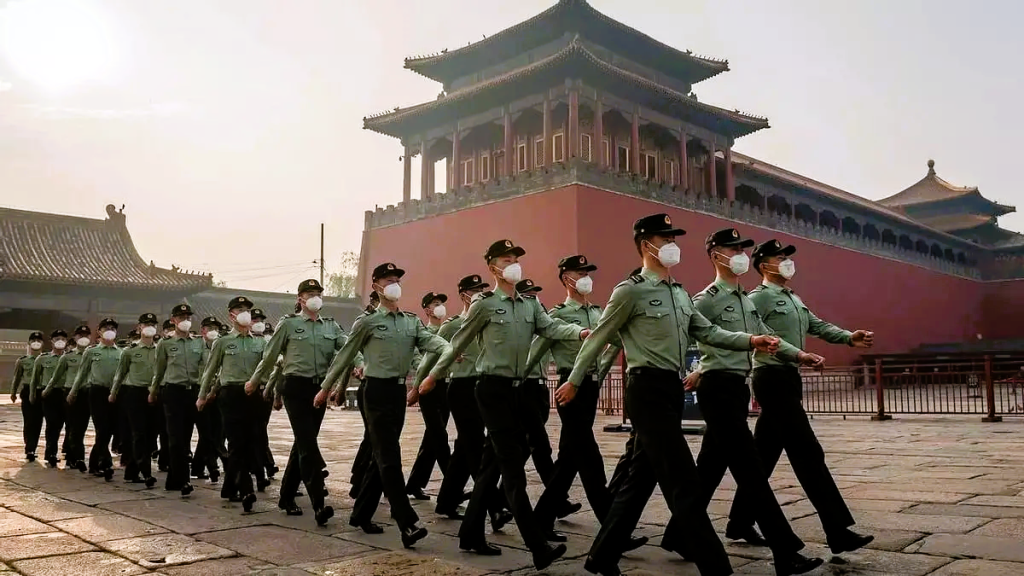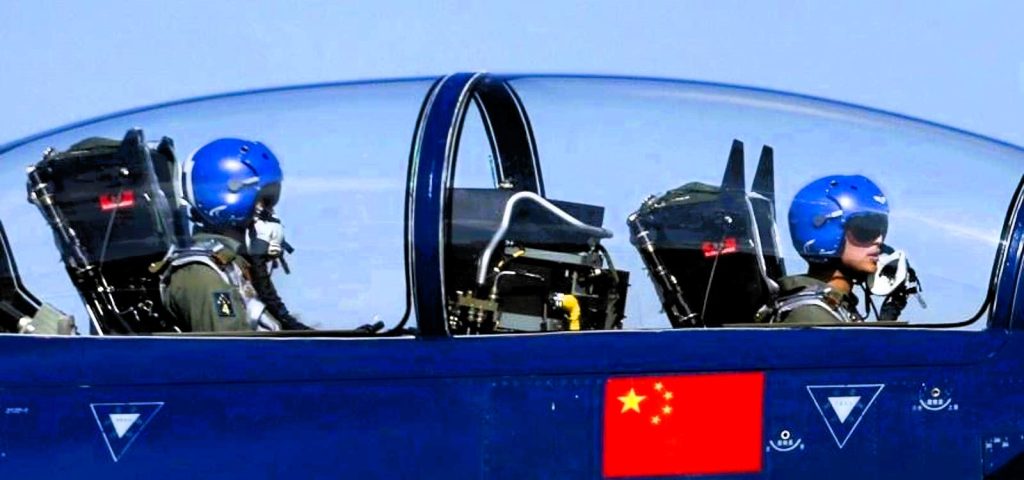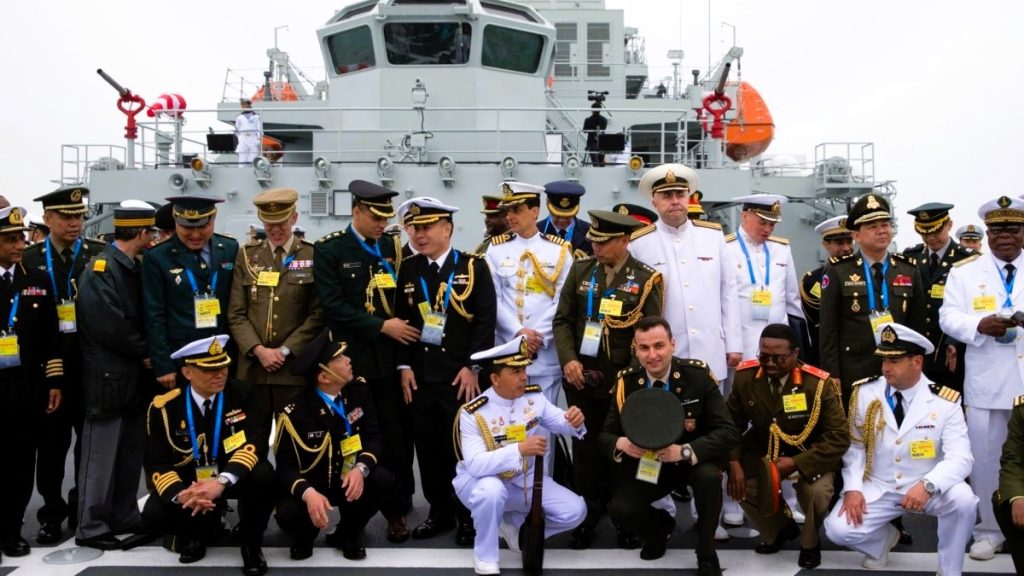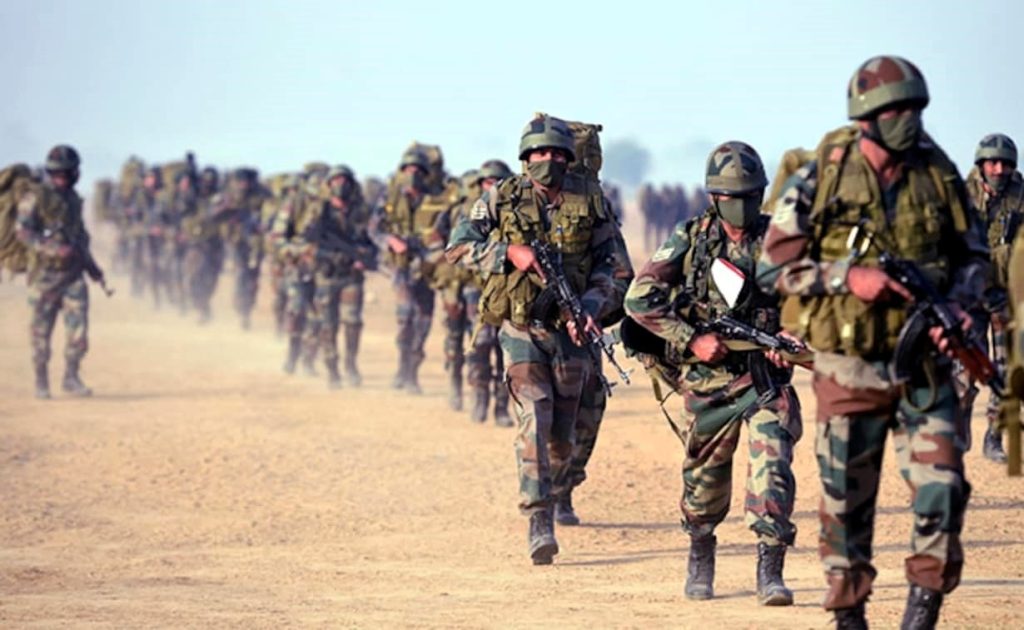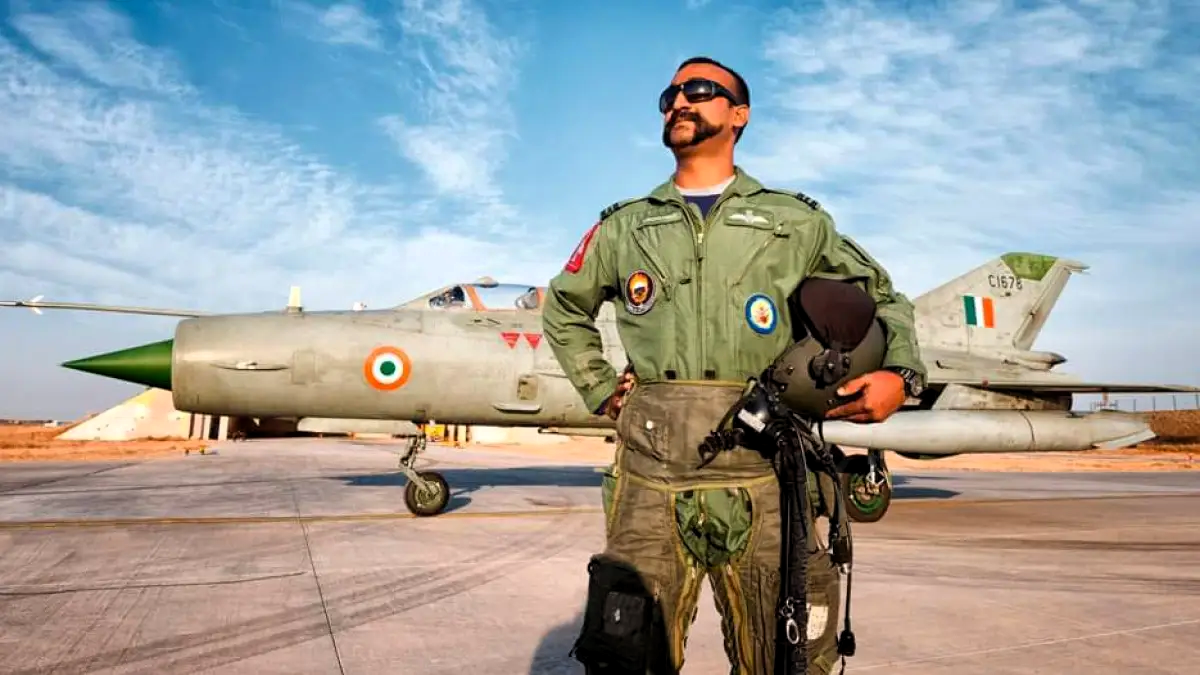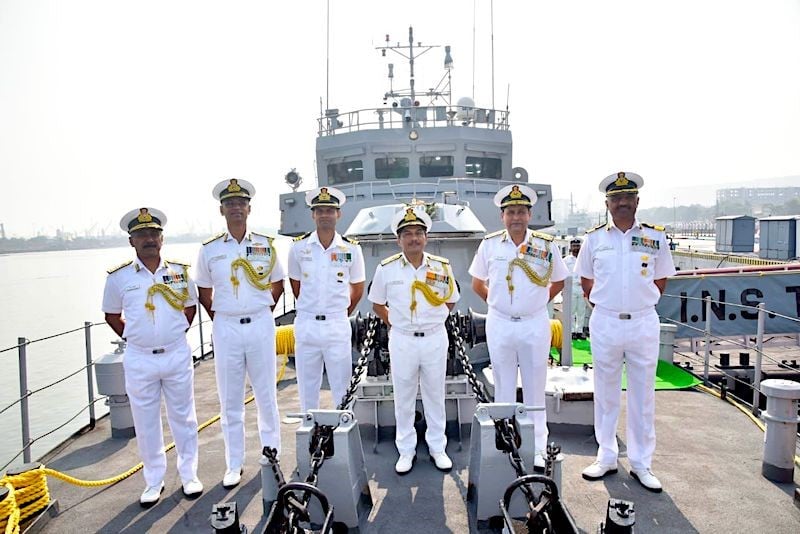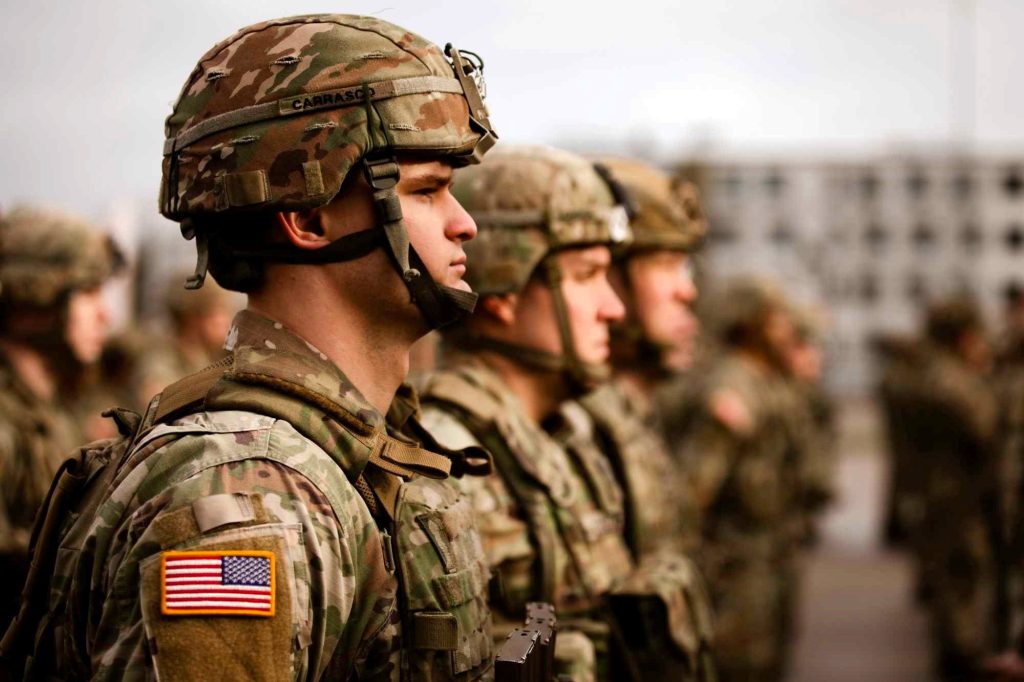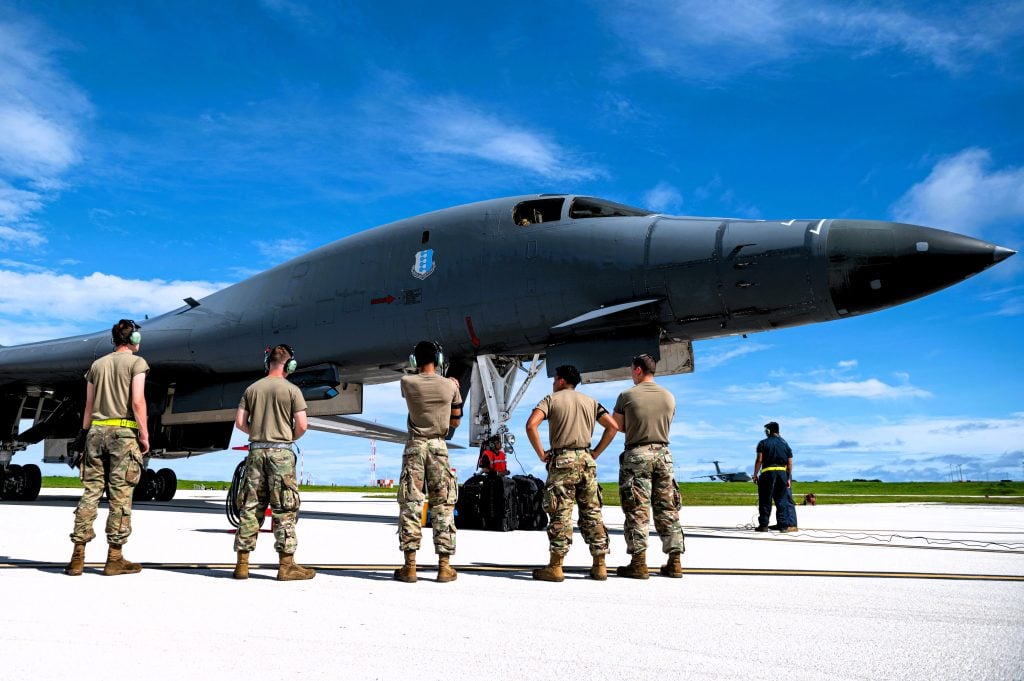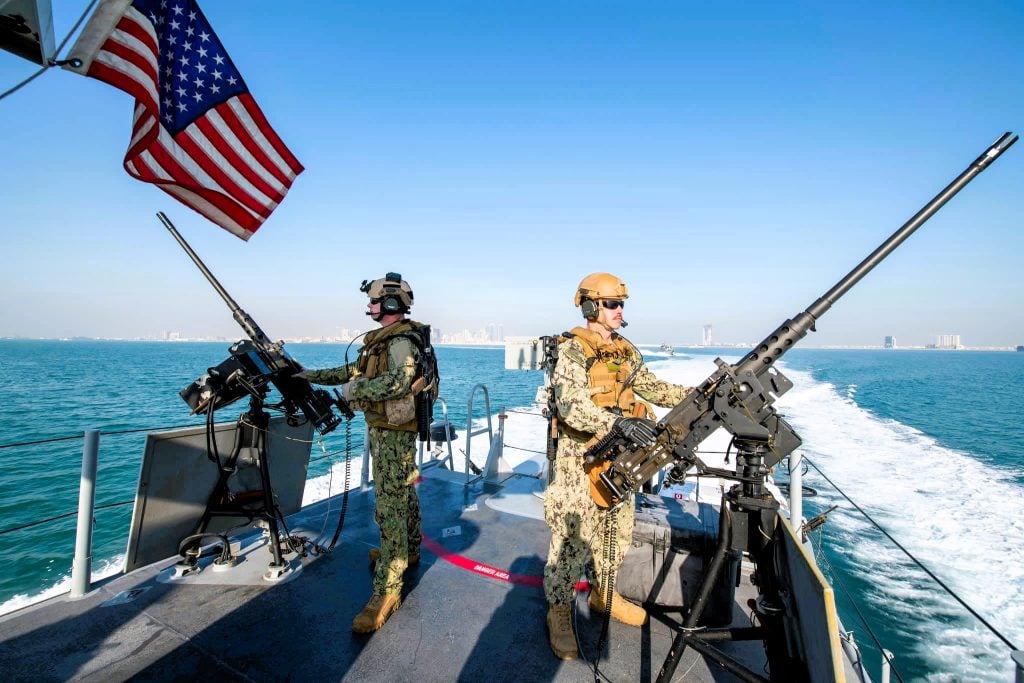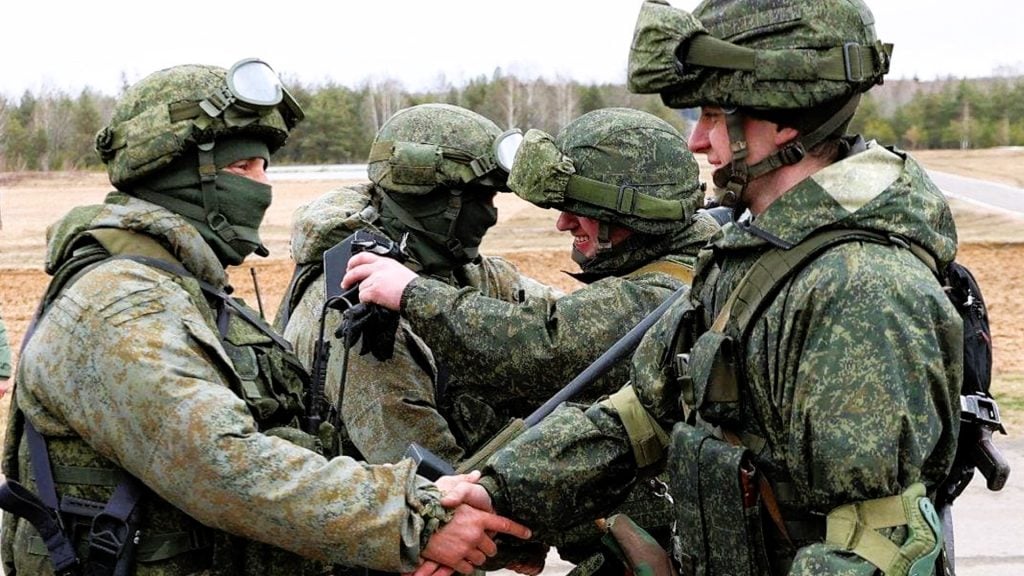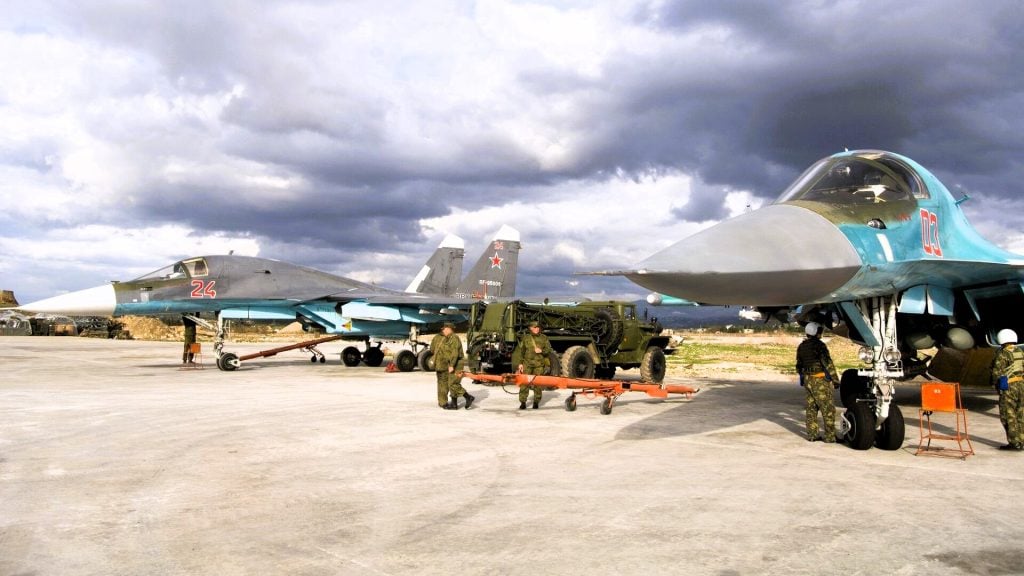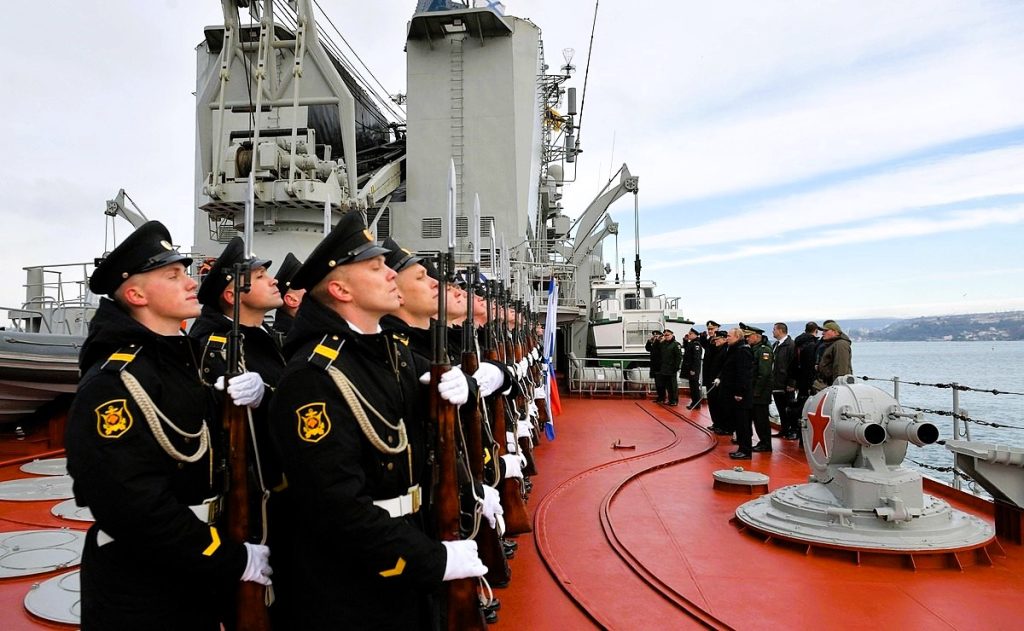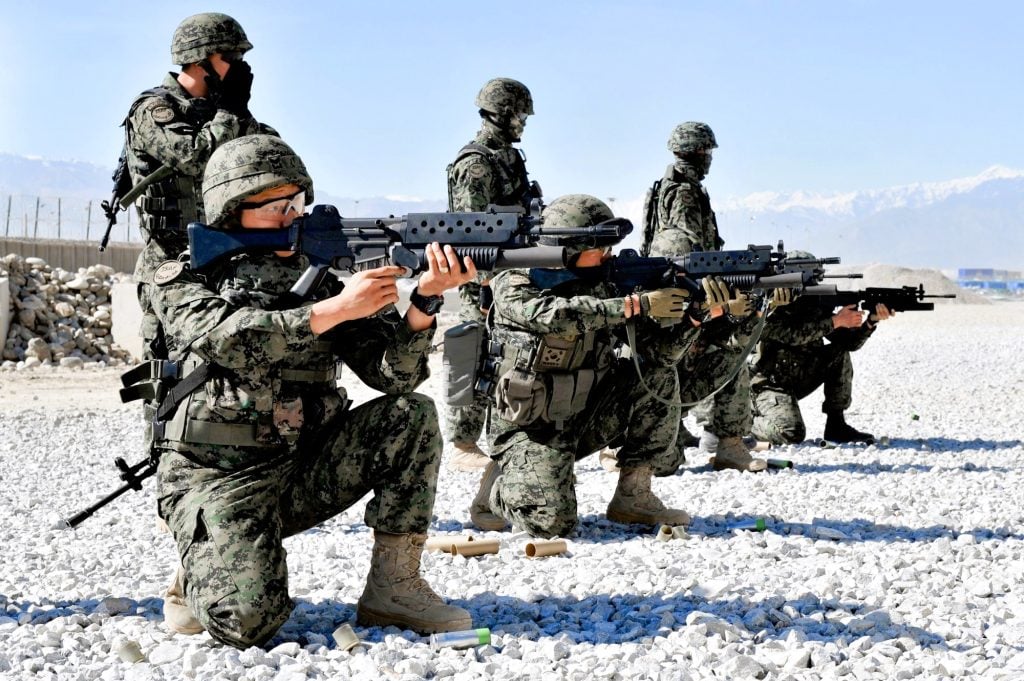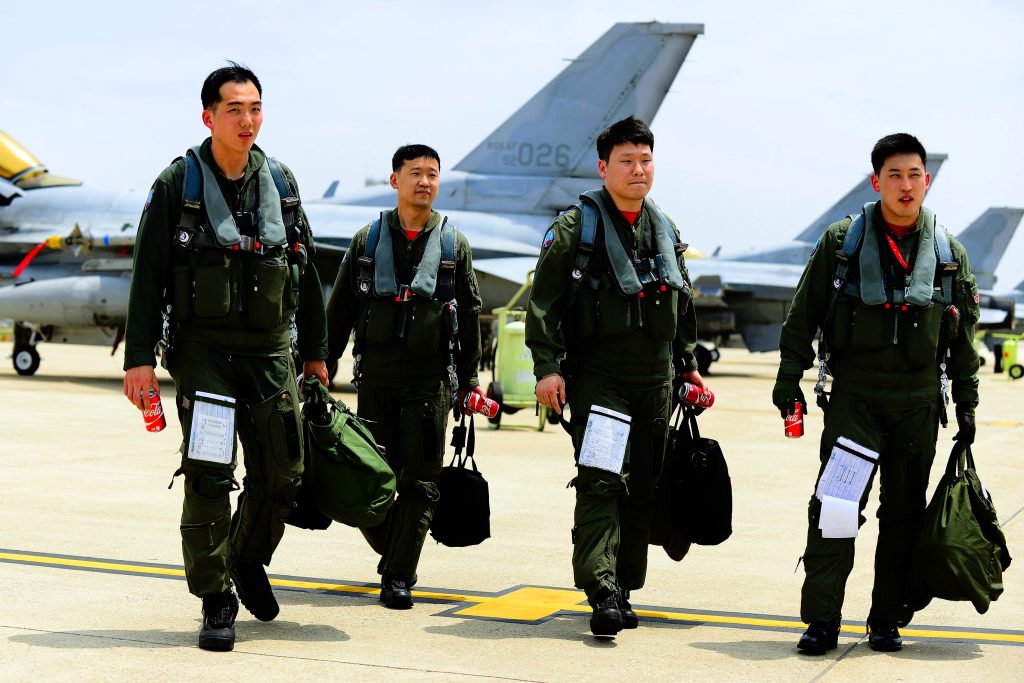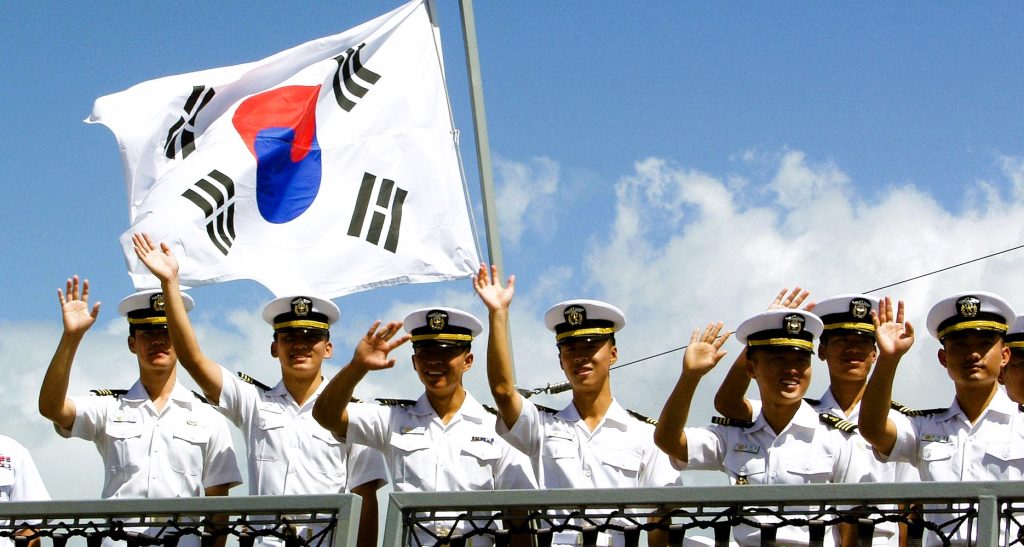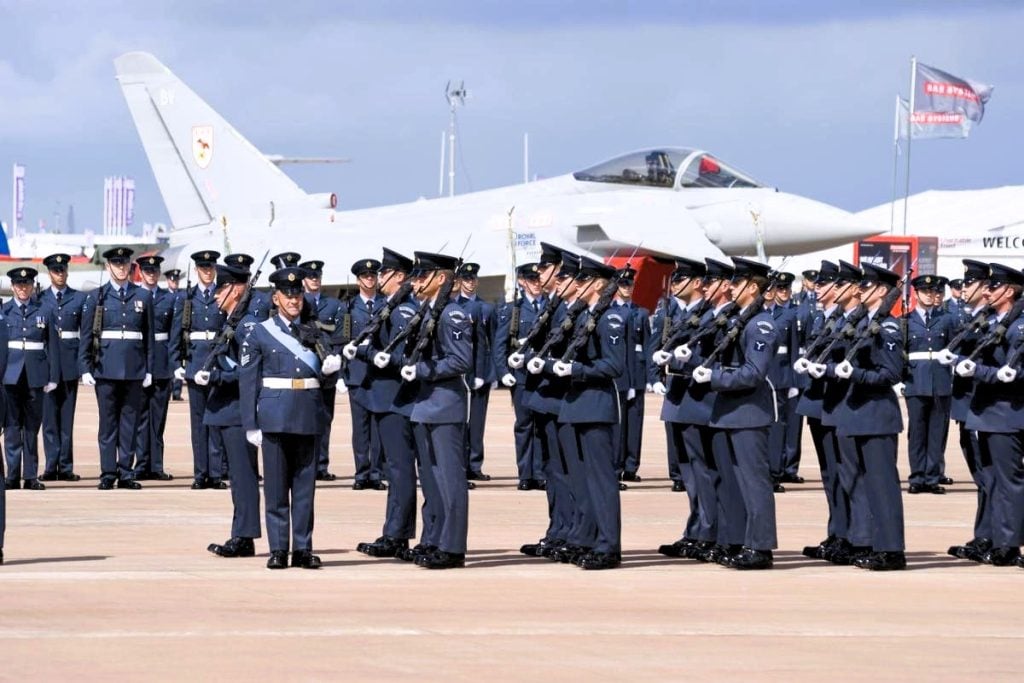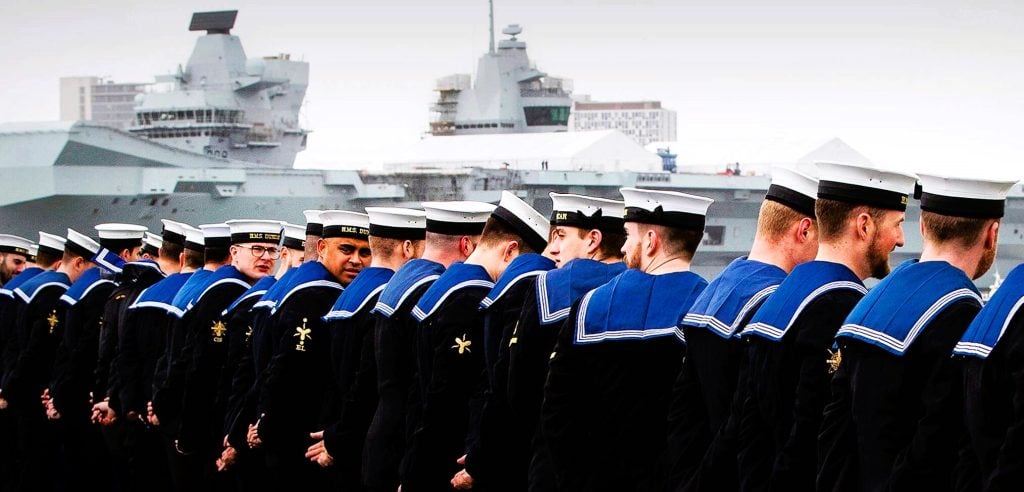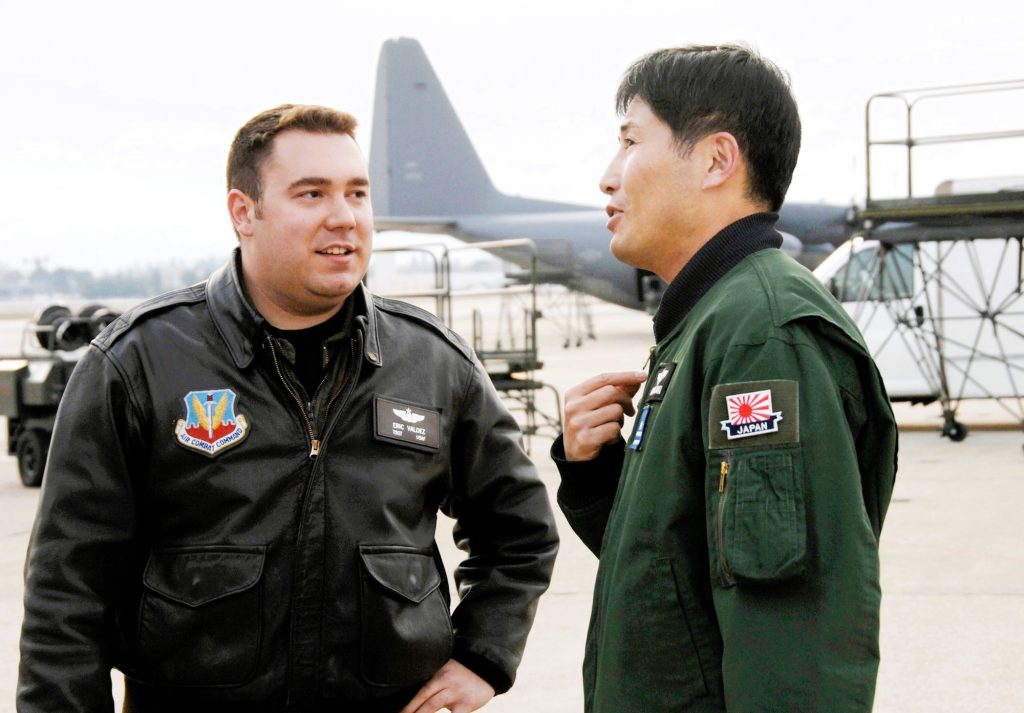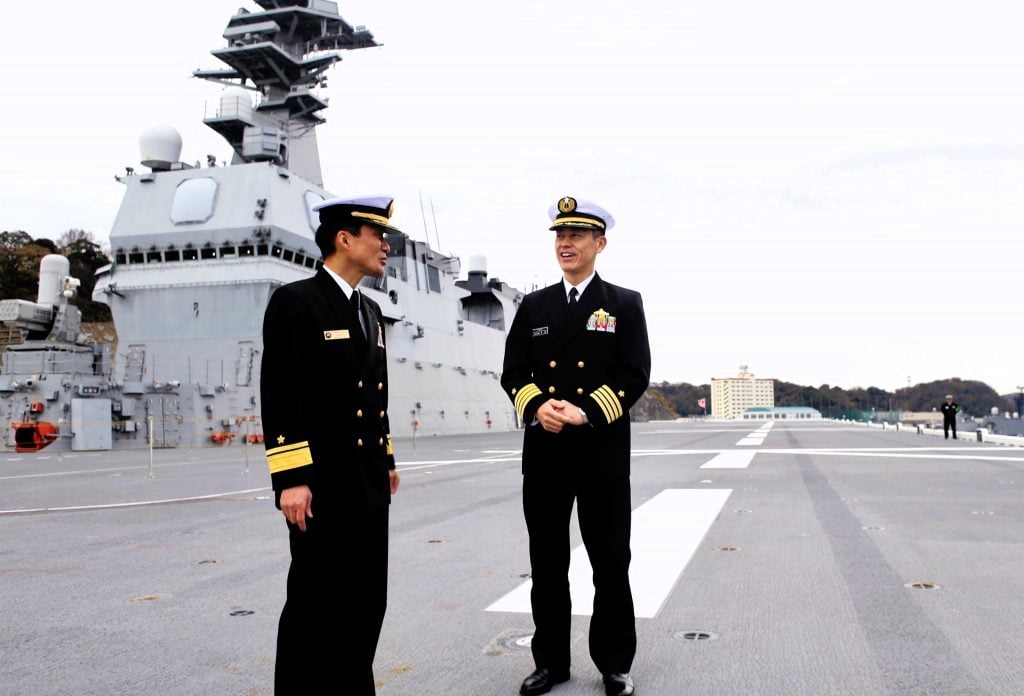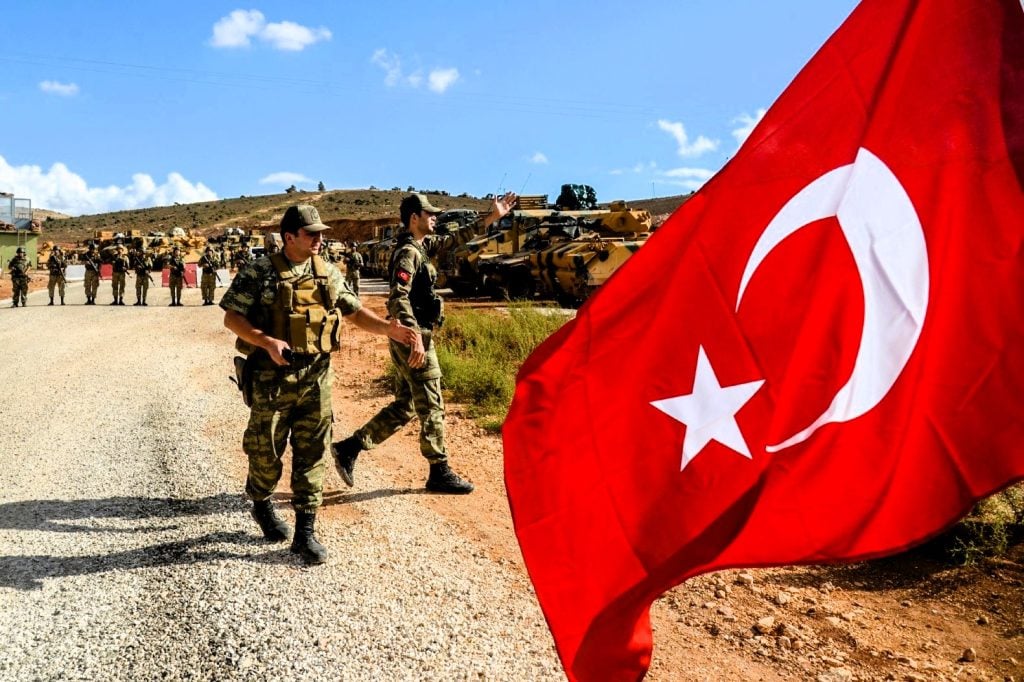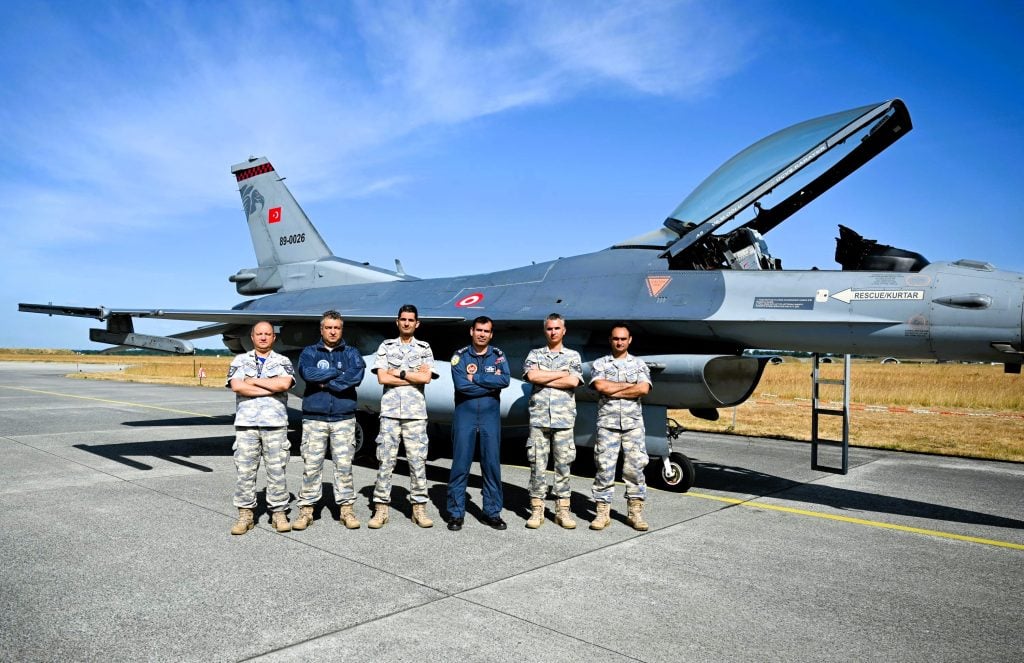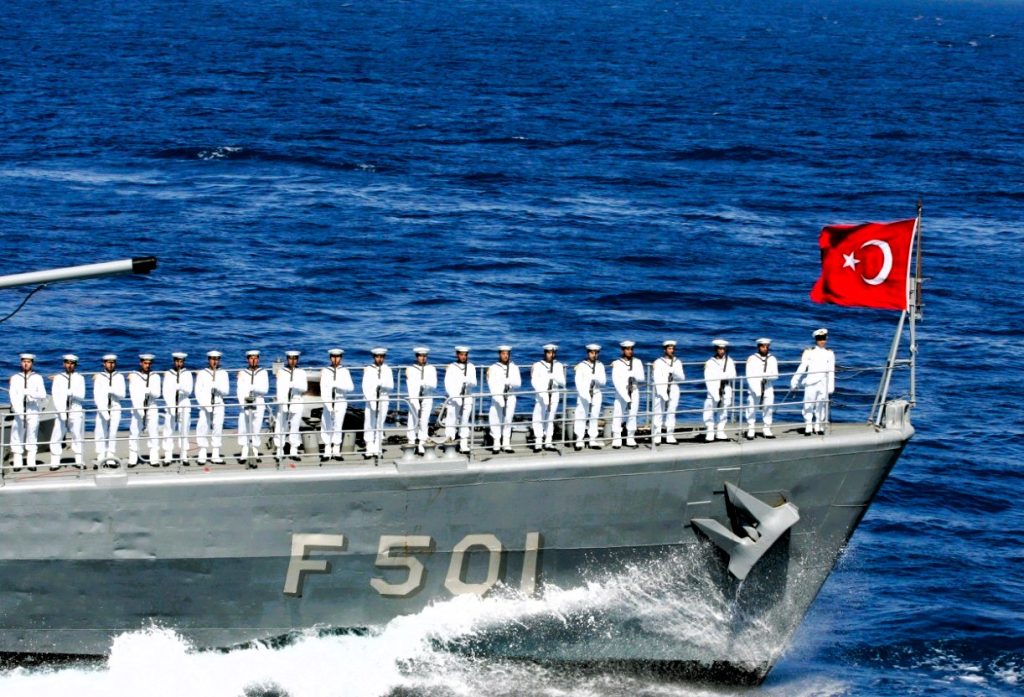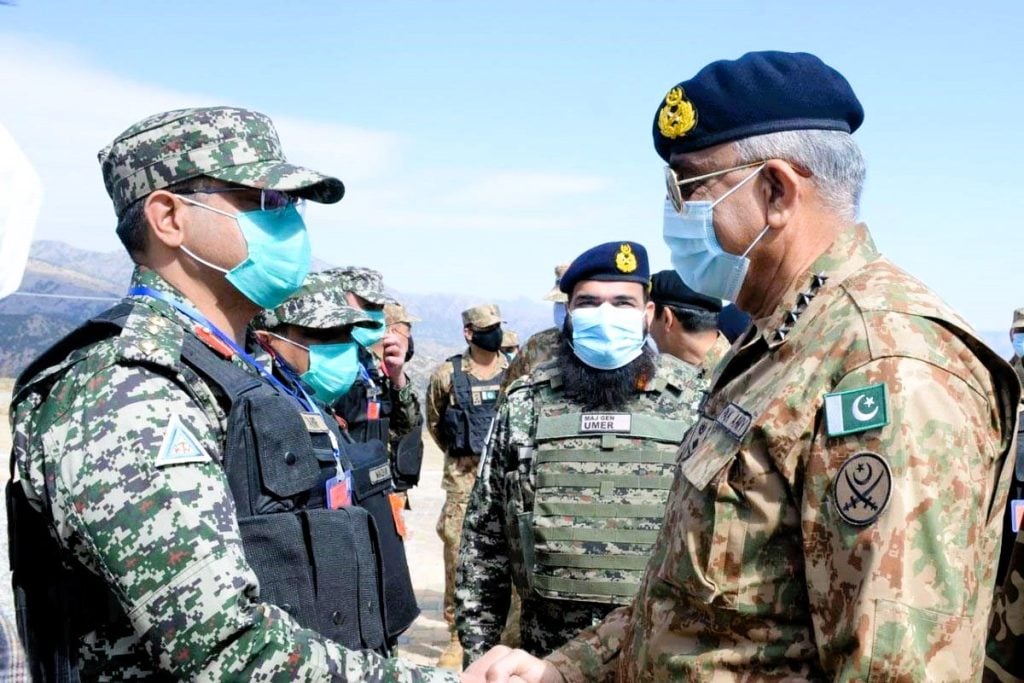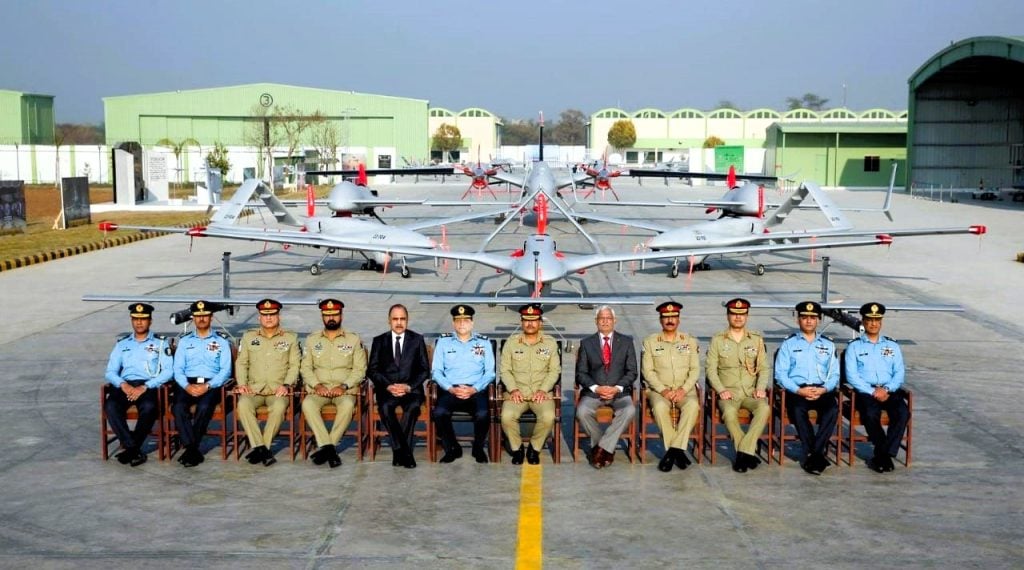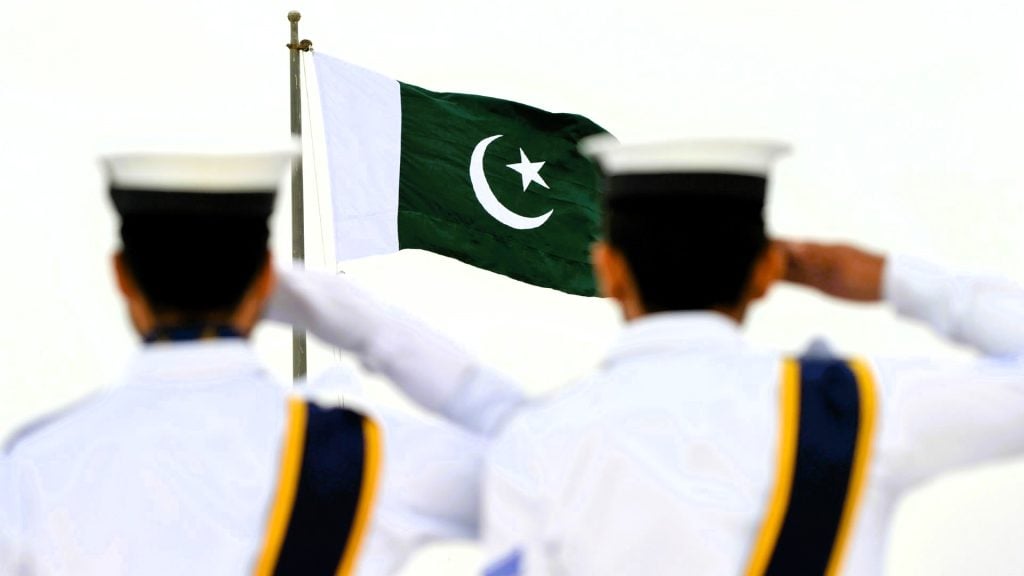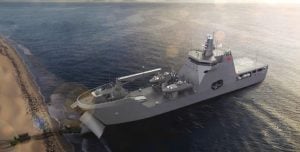The strength and size of a nation’s military remain crucial factors in determining its global influence and security. As the world navigates an increasingly complex geopolitical landscape, understanding the current state of the world’s most formidable armed forces has become more relevant than ever. This comprehensive analysis delves into the Largest Armed Forces, exploring their capabilities, strategic reach, and the factors that contribute to their might.
US Indo Stryker Could Replace 2,000 Soviet Era BMP 2S
Ranking the Largest Armed Forces
1. China: The Colossal Military Juggernaut
With an active military force of over 2 million personnel, China boasts the largest standing army in the world. The People’s Liberation Army (PLA) has undergone extensive modernization, enhancing its ground forces, air power, and naval capabilities. From cutting-edge fighter jets and advanced air defense systems to a rapidly expanding blue-water navy, China’s military might projects influence well beyond its borders.
The PLA Ground Force: A Formidable Presence
The core of China’s military strength lies in its ground forces, equipped with a diverse arsenal of tanks, artillery, and specialized infantry units. Leveraging state-of-the-art technology and continuous training, the PLA Ground Force maintains a robust presence along China’s borders, ready to defend the nation’s territorial integrity.
The PLAAF: Commanding the Skies
The PLA Air Force (PLAAF) has undergone a remarkable transformation, boasting a fleet of cutting-edge fighter aircraft, bombers, and air defense systems. With its expanding capabilities, the PLAAF can now project air superiority across the region, enhancing China’s strategic reach and deterrence capabilities.
The PLAN: Mastering the Maritime Domain
The PLA Navy (PLAN) has evolved into a formidable blue-water force, with a growing fleet of surface ships, submarines, and naval aviation assets. Focused on protecting China’s maritime interests and projecting power in the Indo-Pacific, the PLAN plays a crucial role in shaping the regional security landscape.
India Invests $14 Billion to Boost Indigenous Aircraft Projects: LCA Tejas and LCH Prachand
2. India: The Mighty Military Colossus
India’s armed forces, known as the Indian Armed Forces, are one of the largest and most powerful military formations in the world. With over 1.4 million active-duty personnel, India’s military might extends across land, air, and sea domains, showcasing its professionalism, strategic capabilities, and commitment to safeguarding the nation’s security.
The Indian Army: Guardians of the Borders
The Indian Army, the primary branch of the armed forces, maintains a strong presence along India’s borders, equipped with cutting-edge communication systems, armored vehicles, and sophisticated weaponry. Renowned for its valor and tenacity, the Indian Army is a formidable force in conventional warfare and counterinsurgency operations.
The Indian Air Force: Aerial Dominance
The Indian Air Force (IAF) is a cornerstone of India’s military power, boasting a formidable arsenal of transport, fighter, and helicopter aircraft. Focused on technological innovation and indigenization, the IAF ensures air supremacy, facilitating effective air defense, surveillance, and precision strike capabilities.
The Indian Navy: Mastering the Maritime Domain
The Indian Navy, a blue-water force, is expanding its fleet of surface ships, submarines, and maritime aviation assets. Responsible for protecting India’s maritime interests, ensuring secure sea lines of communication, and projecting power throughout the Indian Ocean region, the Indian Navy plays a crucial role in India’s strategic calculus.
3. United States: The Unrivaled Military Superpower
The United States, renowned for its economic might, also possesses the most powerful military force in the world. With a multifaceted strategy encompassing land, air, sea, and space assets, the U.S. military’s global reach and technological superiority are unparalleled.
The U.S. Army: The Core of American Military Might
The U.S. Army, the largest service branch, is equipped with state-of-the-art weapons, armored vehicles, and advanced communication technologies. Highly trained and versatile, the U.S. Army is prepared to handle a wide range of threats in diverse environments, serving as the backbone of American military power.
The U.S. Air Force: Ruling the Skies
The U.S. Air Force, supported by cutting-edge bombers, fighter jets, and unmanned aerial vehicles, maintains unmatched global strike capabilities and air supremacy. Its ability to rapidly deploy and accurately target threats enhances the overall strategic capabilities of the U.S. military.
The U.S. Navy: Projecting Power Across the Seas
Protecting maritime interests and ensuring freedom of navigation, the U.S. Navy deploys a formidable fleet of aircraft carriers, submarines, and surface warships. By leveraging space-based assets for communication, surveillance, and navigation, the U.S. Space Force further strengthens the country’s strategic reach and responsiveness.
4. Russia: The Resurgent Military Powerhouse
Russia, known for its historical military prowess and contemporary capabilities, boasts one of the most formidable armed forces in the world. With a diverse range of land, air, sea, and strategic capabilities, the Russian military remains a force to be reckoned with on the global stage.
The Russian Ground Forces: Tenacity and Skill
The core of Russia’s military might lies in its ground forces, well-equipped with a wide array of infantry, artillery, and armor. Renowned for their combined arms expertise and ability to operate in various environments, the Russian Ground Forces demonstrate a high level of tenacity and combat readiness.
The Russian Aerospace Forces: Dominating the Skies
The Russian Aerospace Forces, with their cutting-edge bombers, fighters, and air defense systems, ensure air superiority. Emphasizing modernization and technical advancements, the Aerospace Forces maintain offensive and defensive capabilities to protect Russian airspace and project power globally.
The Russian Navy: Guarding the Seas
The Russian Navy, with its diverse fleet of surface ships, submarines, and naval aviation assets, maintains a strong presence in strategic maritime regions. Capable of employing both conventional and nuclear deterrents, the Russian Navy safeguards the country’s marine interests and can project power across the world’s oceans.
5 Top World’s Largest Military Helicopters
5. South Korea: The Formidable Asian Military Power
The Republic of Korea Armed Forces (ROK Armed Forces) are among the most powerful military forces in the Asia-Pacific region. Although smaller in size compared to its neighbors, South Korea’s military utilizes cutting-edge equipment, intense training, and strategic alliances to maintain national defense and security.
The South Korean Army: Prepared for Any Threat
The Army of South Korea forms the core of the country’s military might, outfitted with advanced weapons, armored vehicles, and sophisticated command and control systems. Prioritizing preparedness and interoperability with ally forces, the South Korean Army is ready to defend the nation’s sovereignty against any potential aggression.
The Republic of Korea Air Force: Guaranteeing Aerial Supremacy
The Republic of Korea Air Force (ROKAF) employs a fleet of cutting-edge fighter jets, spy planes, and air defense systems to deliver aerial dominance over the Korean Peninsula. Through ongoing modernization initiatives and cooperative training exercises, the ROKAF sustains air supremacy and ensures prompt response capabilities.
The Republic of Korea Navy: Securing the Seas
The Republic of Korea Navy (ROKN) plays a pivotal role in maritime security, focusing on anti-submarine warfare, coastal defense, and amphibious operations. Equipped with state-of-the-art surface ships, submarines, and naval aviation assets, the ROKN projects and defends key shipping lanes surrounding the Korean Peninsula.
6. United Kingdom: The Sophisticated Military Powerhouse
The British military is renowned for its sophistication, well-trained personnel, and extensive global reach. As a cornerstone of NATO and a major contributor to international security operations, the British Armed Forces possess a rich historical heritage and contemporary capabilities.
The British Army: Adaptable and Battle-Tested
The British Army, the ground component of the UK’s defense, has a long and distinguished history. Outfitted with armored vehicles, specialized troops, and cutting-edge weapons, the British Army is prepared to undertake a wide range of missions, from humanitarian aid and peacekeeping to conventional warfare.
The Royal Air Force: Ensuring Air Supremacy
The Royal Air Force (RAF) maintains air supremacy with its diverse fleet of strategic bombers, fighter jets, and surveillance aircraft. Responsible for defending the UK’s airspace sovereignty, supporting partner operations, and conducting air defense, surveillance, and precision attack missions, the RAF is a crucial element of the British military.
The Royal Navy: Projecting Global Influence
The Royal Navy, with its powerful surface fleet, submarines, and amphibious forces, projects British influence across the world’s waters. By undertaking expeditionary operations and guarding maritime trade routes, the Royal Navy safeguards the United Kingdom’s maritime interests and contributes to the country’s strategic capabilities.
7. Japan: The Technologically Advanced Military Force
Japan’s armed forces, known for their professionalism, effectiveness, and strategic skills, are among the world’s most technologically sophisticated and disciplined. Under stringent constitutional restrictions, Japan’s military might is primarily focused on regional security and self-defense.
The Japan Ground Self-Defense Force: Prepared for Emergencies
The Japan Ground Self-Defense Force (JGSDF), the ground component of Japan’s military, is outfitted with armored vehicles, specialized troops, and cutting-edge weapons. Prioritizing mobility and rapid response, the JGSDF is ready to protect Japan’s territory and assist with relief efforts in times of need.
The Japan Air Self-Defense Force: Guaranteeing Aerial Dominance
The Japan Air Self-Defense Force (JASDF) utilizes a fleet of advanced fighter jets, reconnaissance aircraft, and air defense systems to ensure aerial dominance. Through ongoing training and technological advancements, the JASDF safeguards Japan’s airspace and enhances regional stability.
The Japan Maritime Self-Defense Force: Securing the Seas
With a formidable fleet of surface ships, submarines, and maritime patrol planes, the Japan Maritime Self-Defense Force (JMSDF) guards vital sea routes, defends Japan’s territorial waters, and promotes maritime security throughout the Indo-Pacific region.
8. Turkey: The Geopolitically Significant Military Power
The Turkish Armed Forces (TAF) are a powerful military force with a long history, cutting-edge equipment, and geopolitical importance. As a key NATO member, Turkey’s military might is characterized by its diverse branches and comprehensive operational capabilities.
The Turkish Land Forces: Professionalism and Fighting Skills
The Turkish Land Forces, the bulk of the TAF, are outfitted with state-of-the-art weapons, armored vehicles, and specialized formations. Renowned for their professionalism and combat readiness, the Turkish Land Forces are prepared to protect Turkey’s borders and support international peacekeeping missions.
The Turkish Air Force: Ensuring Aerial Superiority
The Turkish Air Force (TAF) utilizes a fleet of advanced fighter jets, reconnaissance aircraft, and air defense systems to guarantee aerial supremacy. By leveraging innovative technology and ongoing training, the TAF safeguards Turkish airspace and projects power throughout the region.
The Turkish Naval Forces: Securing Maritime Interests
Turkey’s Naval Forces, including its surface fleet, submarines, and naval aviation assets, are essential for safeguarding maritime interests, maintaining sea lanes, and projecting force in the Eastern Mediterranean and Black Sea regions.
9. Pakistan: The Formidable and Combat-Tested Military
The Pakistan Armed Forces, well-recognized for their professionalism, tenacity, and strategic acumen, are among the world’s most formidable and combat-tested military forces. As a nuclear-armed state, Pakistan plays a significant role in the dynamics of regional security.
The Pakistan Army: Committed to Territorial Defense
The majority of Pakistan’s armed forces are comprised of the Army, which is equipped with modern weapons, armored vehicles, and specialized formations. The Pakistan Army is dedicated to counterinsurgency, conventional warfare, and safeguarding the country’s territorial integrity, while also actively participating in international peacekeeping missions.
The Pakistan Air Force: Ensuring Aerial Supremacy
The Pakistan Air Force (PAF) utilizes a fleet of cutting-edge fighter jets, surveillance aircraft, and air defense systems to guarantee aerial supremacy. Through ongoing training and technological advancements, the PAF protects Pakistan’s airspace and deters any potential threats.
The Pakistan Navy: Securing Maritime Interests
The Pakistani Navy is essential for safeguarding maritime interests, securing sea routes, and projecting strength in the Arabian Sea and beyond. With its surface fleet, submarines, and naval aviation assets, the Pakistani Navy plays a crucial role in enhancing the country’s strategic position and influence in regional affairs.
Conclusion
The military landscape is constantly evolving, driven by emerging technologies, geopolitical shifts, and unconventional threats. In this dynamic environment, nations must continuously innovate, forge strategic alliances, and adapt their military doctrines to maintain a competitive edge. Agility, creativity, and preparedness are key as countries navigate the complex security dynamics and protect their interests on the global stage.
FAQs
1. Who will have the strongest army in the world in 2024?
According to the analysis, the United States is projected to have the most powerful military force in the world by 2024. With its multifaceted strategy, cutting-edge technology, and unparalleled defense budget, the U.S. military remains the preeminent global superpower.
2. Which nation gained the most power in 2050?
The analysis does not provide specific projections for 2050. However, it is widely expected that China’s economic growth and military modernization will continue, potentially solidifying its position as a global superpower in the coming decades.
3. Is Israel weaker than Iran?
The article does not directly compare the military capabilities of Israel and Iran. Military strength is a complex and multifaceted topic, and factors such as geographic considerations, technological advancements, and strategic alliances play a significant role in determining the relative power dynamics between nations.
